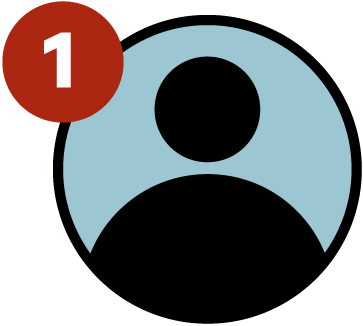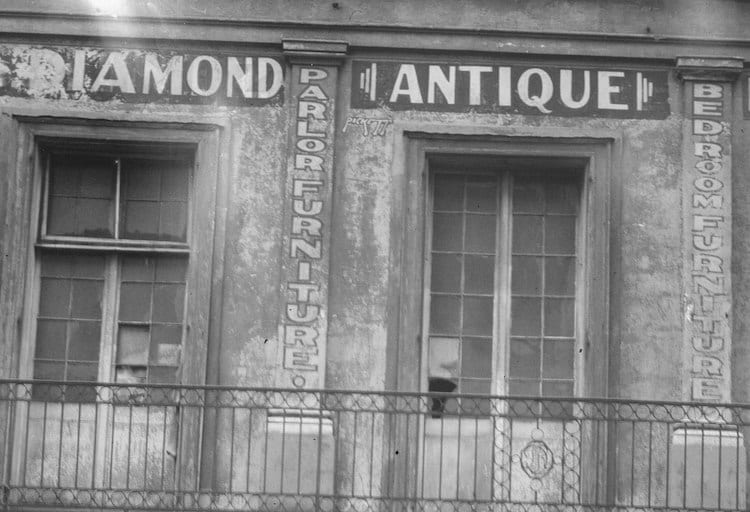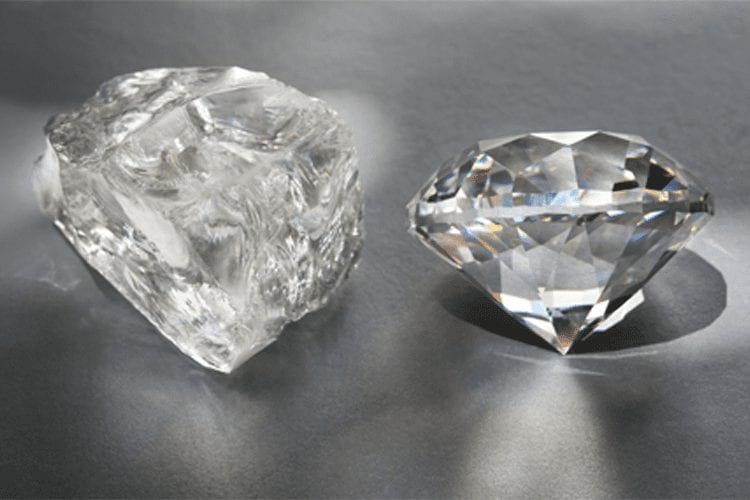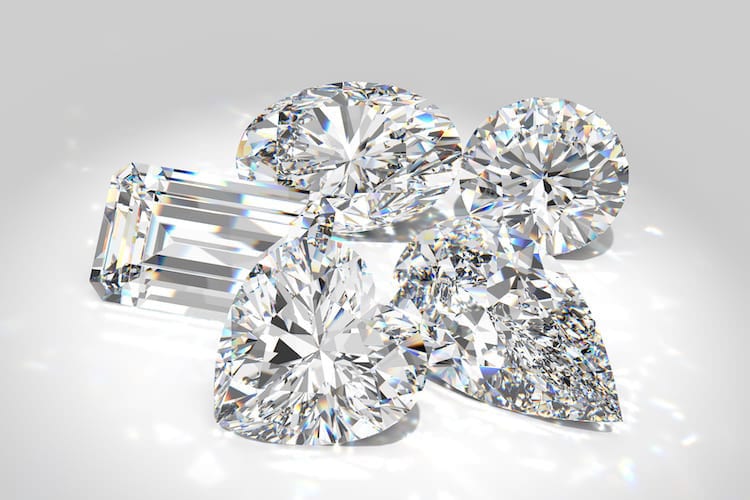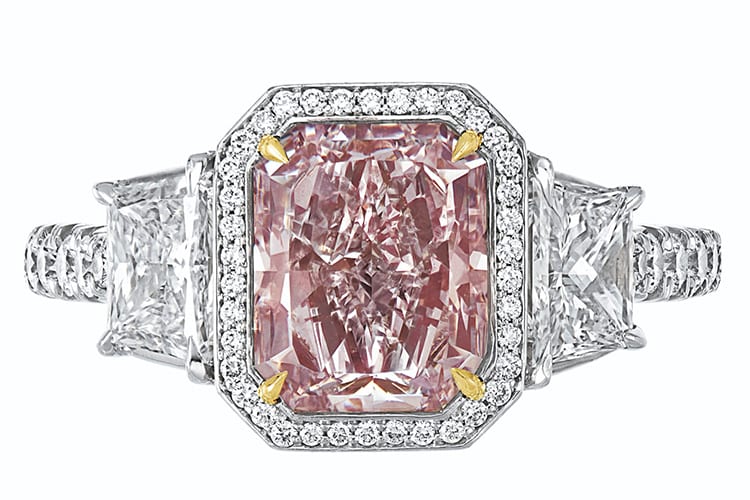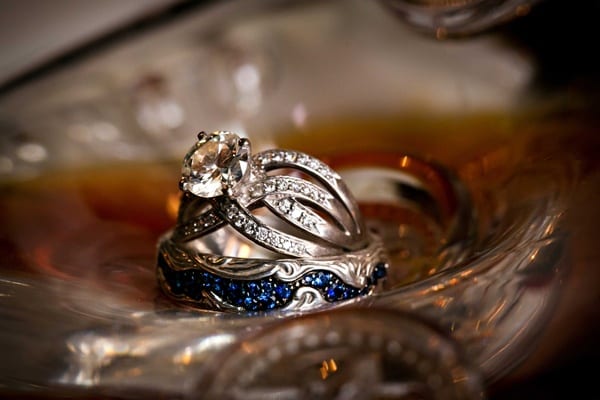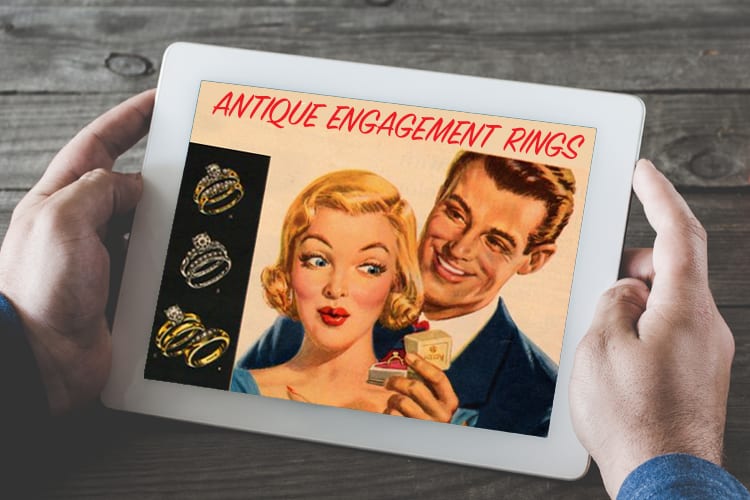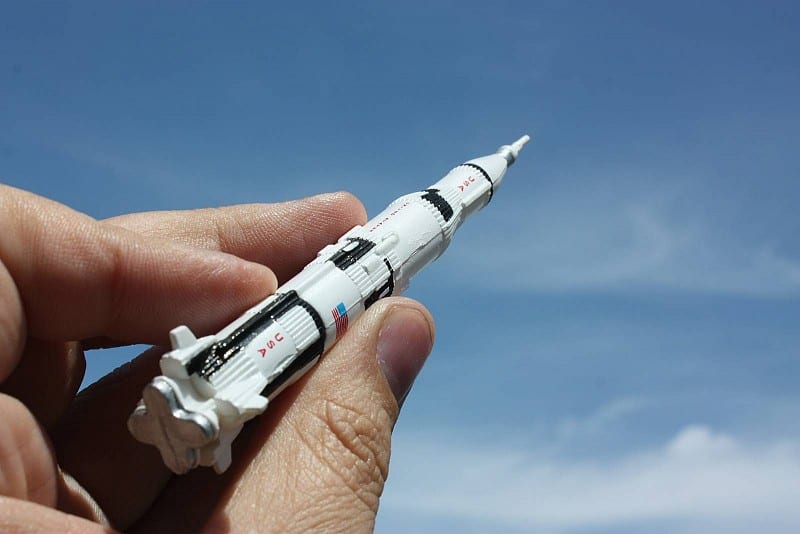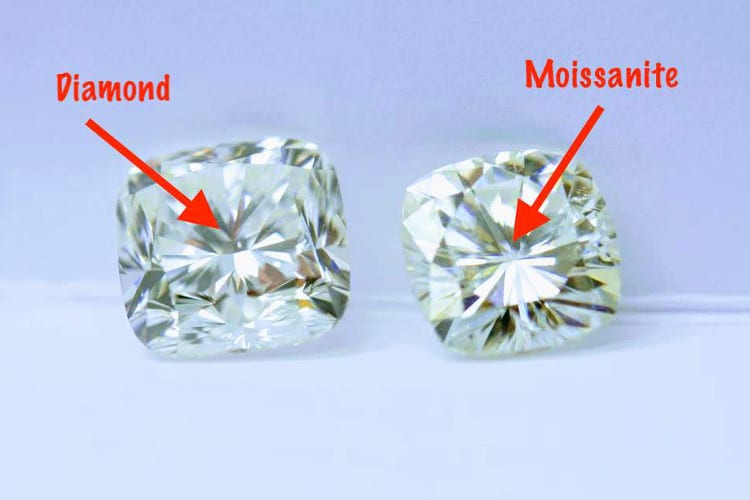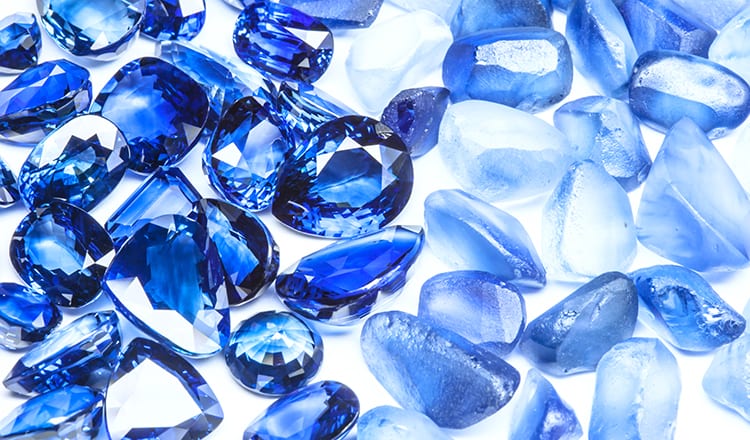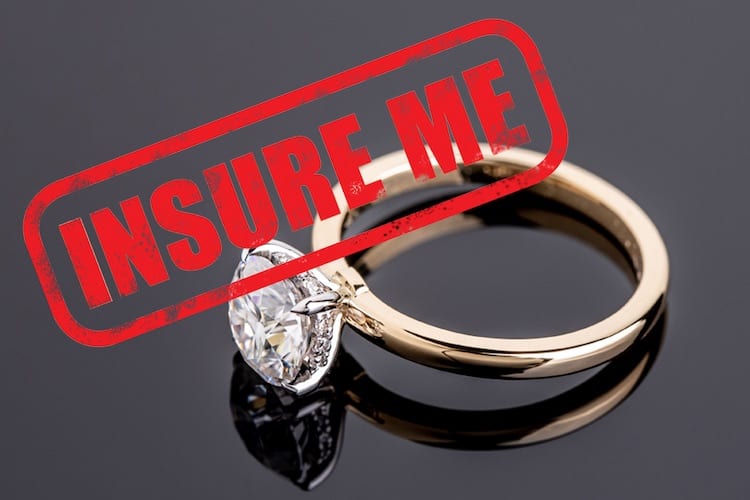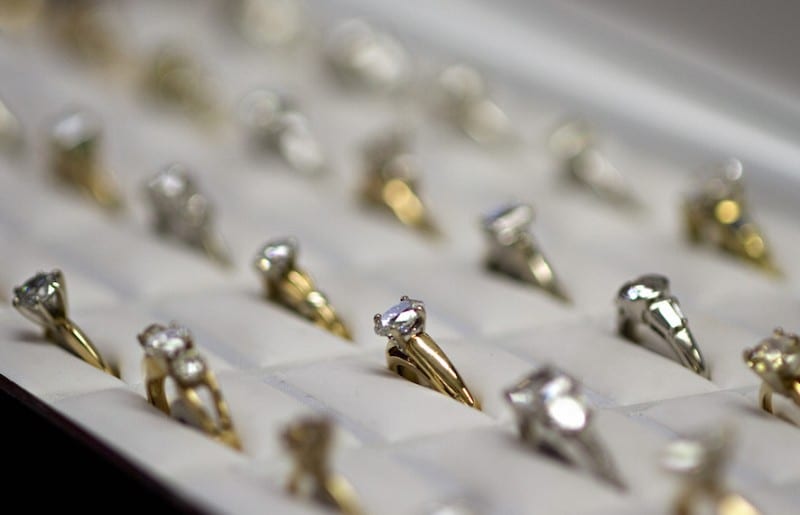
Guys need engagement rings. Only problem: they don’t happen to have $X thousand dollars just burning a hole in their pocket. And since every publication is contractually obligated to run 17,258 articles about these “tough economic times,” we’ll dutifully do our part. In these tough economic times, without the usual bonus checks, without the usual job security, guys need to buy engagement rings for less.
Here’s how to do it. The Plunge presents: 10 rules for buying a cheaper rock. (To clarify: it’s actually not about “cheap,” but about not overpaying for good quality, and making smart tradeoffs.)
Rule 1
Pretend You’re Buying A Car
It starts with your mindset. If you’re like most guys, you don’t know squat about diamonds. If you’re like most guys, you don’t ever want to know squat about diamonds. You think it’s effeminate, like learning about window treatments, opera, or The Jonas Brothers. Only one problem with this mindset: it will cost you money. When you buy a car, you make choices, you make tradeoffs, you weigh the pros and cons. Should you splurge for the hard-top roof? 4 cylinders or 6? GPS system? You can’t just walk into a dealership and say, “I’d like a car. Give me the cheapest one.” And you wouldn’t buy one without a test drive. If you don’t know the tradeoffs, you won’t know where to cut back and save money. Start your diamond education.
See also: How To Deflect Wedding Talk
And if you’re like me, you’ll assume that you will never, ever, ever be able to really tell the difference in cuts of diamonds. Yes and no. Yes, you will never truly become an expert, so it’s a good idea to enlist some real help (which you can definitely find here.) But no, it’s not true that you’re beyond hope. Think of it like seeing a Shakespeare play. In the first few scenes, the actors are talking way too fast and way too British and you’re sort of laughing along, not wanting to embarrass yourself in front of your date, but you have no frickin’ clue what these tunic-wearing-weirdos are saying. Then, the longer you listen, the more your ear adjusts. Diamonds work the same way. Inspect lots of rocks. You will soon get a feel for what you like and what you don’t like, which will let you purchase a diamond ring with confidence.
Go from zero to hero in five minutes: At James Allen or Blue Nile, you can adjust price ranges and other characteristics to see how many carats your budget buys. Their search tool is great. Their highly competitive pricing is too.
Rule 2
Go Channel Surfing
There are two channels for buying your engagement ring: traditional brick-and-mortar stores and online stores. Use them both. Pit one against the other. Yep. It’s safe to buy a diamond online. But no, you should never buy a stone unseen.
See also: How Much Dough To Blow On The Ring?
Instead, we recommend trolling the brick-and-mortar jewelry stores, looking at lots and lots of different diamonds, and then, when you figure out the exact configuration (i.e. car specs), you can order a near-identical version online. Or, you can find a cheaper quote online, and use that to negotiate a lower in-store rate. More on that here.
Rule 3
Sacrifice A Smidgeon Of Size
People like round numbers. We obsess over things like “The First 100 Days” of a presidential administration, 10,000 points at the Dow, batting .300, etc. In reality, of course, Day 99 isn’t that different from Day 100, and the Dow’s 9,999 is about the same as 10,000…your portfolio’s battered either way, right? And that brings us to a diamond’s size. People pay a premium for the “round number” of a Carat. But you can pocket some dough by purchasing slightly lower than the size-echelon; instead of a full carat (1.00), buy a .85-.95; instead of a full three-quarter carat, go for a .60-.73, etc. The only one who can really tell the difference is the jeweler.
Rule 4
…Do The Same For Color
Use the exact same philosophy with a diamond’s “Color.” By the way, for the true rookies, a diamond has “Four Cs”–Carat, Color, Clarity, and Cut. To save some money without sacrificing much look, push your color out one additional grade. Get an “I” not an “H.” You are unlikely to notice when the diamond is mounted, in its setting, and on the hand.
We know, we know, you’re asking what in holy hell we’re talking about. Diamonds have a color continuum which represents how much yellow color they show, with DEF “colorless” on the higher-end, then G, then H, etc. Careful, though. Each person sees colors differently, and it takes some time to train your eye. One more reason to look at plenty of diamonds. Don’t go lower than a J if you can possibly avoid it.
Rule 5
Get A Lower Clarity
Notice a pattern here? Just like with Color and Carat, you can get a slightly lower Clarity and shave off some dollars. For example, you can get a SI1 instead of a VS2. However, when making this tradeoff, it’s important to make sure the “inclusions” don’t endanger the structural integrity of the diamond. Yes, we know that as far as you’re concerned, VS2 and SI1 sound like a strand of swine flu.
You waited this long to find “the one” — the ring deserves equal scrutiny. At James Allen and Blue Nile, you can view diamonds from all angles — 360 degree rotation — to see how different “clarity” grades really look.
Rule 6
But Never Sacrifice Cut
You can take shortcuts on Clarity, Color, and Carat, but never Cut. A pity, since Cut can represent up to 50% of the price of the diamond. Here’s why. When a diamond is well-cut, its facets are perfectly positioned to reflect incoming light right back at you. It’s what makes the diamond sparkle and shine–frankly, it’s what makes it look like a diamond. When you first buy it, a lower-Cut diamond might look okay. But it will get dirty. As it gets dirty, the shoddy Cut will trap light inside the diamond–so, in other words, it won’t shine. Sort of like the ozone layer and global warming. Buy the best cut you can afford.
Rule 7
Buy More Than One Diamond
….More little diamonds, that is, instead of one big bastard. A three-diamond ring can give much larger “show” for less money. And no, this doesn’t look cheap, it’s done all the time. A halo style ring will also make it look like you’re getting more for your money.
Rule 8
Don’t Fear Platinum
The old conventional wisdom: platinum is super-expensive, gold is cheaper. And that’s sorta true, in the sense that yes, in absolute terms, platinum is still slightly more expensive than gold (recently, about 25% higher.) So if you’re on a cutthroat budget and are trying to build a ring for under $1,000, say, you wouldn’t have the budget for platinum. But. And this is key. The price difference is nowhere near where it used to be. Less than two years ago, the spread was 82%. The short version: the spread between platinum and gold has tightened dramatically, to the point where platinum is the smarter buy. Given that it’s a more durable metal, and often more desirable, it’s no longer an obvious place to save money. Much more specifics on the tradeoff between platinum, yellow gold, white gold, and palladium.)
Rule 9
Avoid A Diamond Altogether
This obviously has some pitfalls. You’re taking a big gamble. But if you’re on a ruthlessly tight budget, or if your girlfriend honestly doesn’t care too much about the rock, or if you’re both cool with upgrading later, then a non-diamond ring is a perfectly viable option.
See also: “My Wife Wants a $40,000 Ring”
Your safest bet? Sapphire. It’s strong, has great hardness, and it’s easy to make a classic, beautiful ring with sapphire as your anchor. Avoid stuff like emerald and tanzanite; pretty stones, sure, but they’re more delicate than Greg Oden’s ankles.
Rule 10
Buy Safely
Back to the car analogy. You wouldn’t buy a Jetta from some random dude without any paperwork, right? There are certain precautions you must take. Always insist on a legit “Grading Report” for your diamond, preferably one from the Gemological Institute of America (GIA) or the American Gem Society (AGS. Make sure you get a reputable jeweler. Get ring insurance for this baby. And make sure you get a 100%, full, money-back guarantee, ideally with at least 30 days from when you take delivery. And if the store doesn’t offer that, you’re not in the right store.
Good luck.
A tip of the hat to diamond ring guru Amy Curran, consultant at The Advisory Source, for some serious industry-insider wisdom.
For much, much more on the subject, check out The Plunge’s complete Engagement Ring Buying Section.

